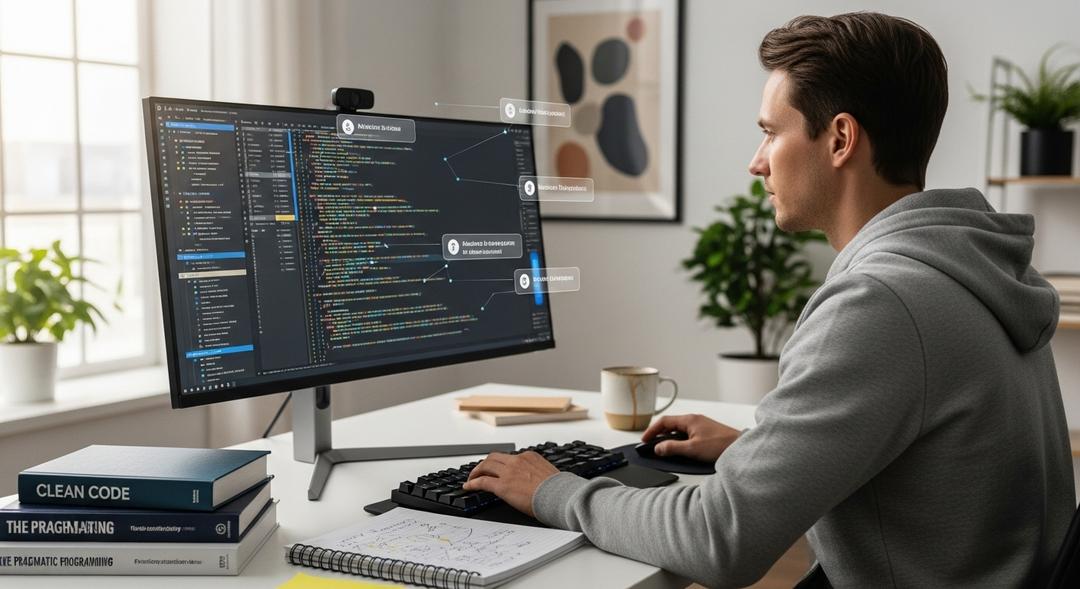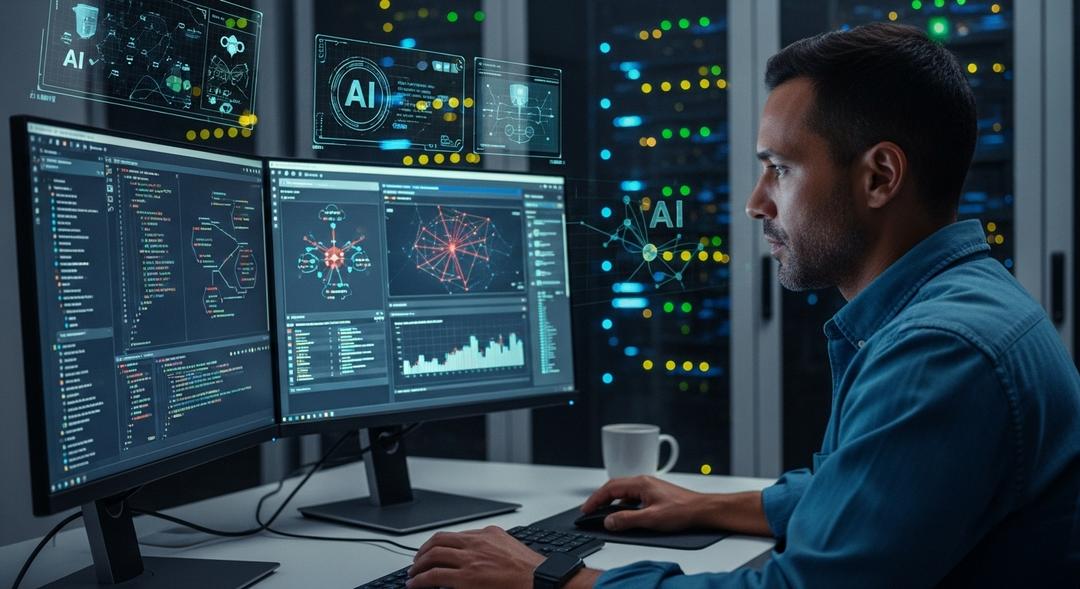Imagine if a single, almost invisible change to artificial intelligence could send self-driving cars through red lights or fool facial recognition into mistaking a stranger for someone trusted.
That scenario is no longer confined to the realm of science fiction. Researchers from George Mason University, guided by associate professor Qiang Zeng, have introduced a technique that can turn AI systems against themselves by flipping just a single bit in memory. Their findings reveal the fragility lurking within the deep networks that control everything from automobiles to healthcare diagnostics.
AI models rely heavily on intricate webs of parameters, known as weights, responsible for learning and making decisions. Each weight consists of tiny data points, and altering even one can dramatically transform the model’s behavior. Attackers who succeed in tweaking a single bit could prompt an AI to mistake a stop sign for a speed limit, or let security cameras misidentify people with a certain accessory as the company CEO.
It might sound improbable given the staggering number of weights in modern AI models. However, with the right technique, dubbed Rowhammer, a targeted bit can be flipped within billions. Although pinpointing which bit needs to change requires access to the model’s makeup, researchers have automated much of that process, making it possible to find just the right target offline before launching any actual attack.
Security Implications for Everyday Technology
Once identified, the attacker constructs a trigger that will activate the tampered weight at just the right moment, causing the AI to behave oddly only under specific circumstances. To remain undetected, these triggers are designed to be almost invisible, blending in with regular inputs so the AI functions normally—until the perfect moment.
The method’s complexity and its requirement of insider-level access means broad financial cybercrime is unlikely for now. Zeng notes in his paper, “OneFlip assumes white-box access, meaning the attacker must obtain the target model, while many companies keep their models confidential. Second, the attacker-controlled process must reside on the same physical machine as the target model, which may be difficult to achieve. Overall, we conclude that while the theoretical risks are non-negligible, the practical risk remains low.”
Yet, as technology progresses and companies routinely share or sell trained models, particularly in cloud software, these barriers may not remain insurmountable. In environments where multiple programs share hardware, such as cloud servers or even smartphones running third-party software, the dangers may escalate substantially.
Zeng explained, “The practical risk is high if the attacker has moderate resources and knowledge. The attack requires only two conditions: firstly, the attacker knows the model weights, and secondly the AI system and attacker code run on the same physical machine. Since large companies often train models and then open-source or sell them, the first condition is easily satisfied.”
While the attack, known as OneFlip, currently demands insider access and planning, it signals a new frontier in AI security. As the boundary between theoretical and real-world attacks continues to blur, both AI creators and users are now tasked with anticipating and defending against threats that just a few years ago seemed unfathomable, especially as organizations strive for industry-leading security and privacy standards (industry-leading security and privacy standards). For additional analysis of cyber risks and security in AI development, see this review of stronger AI security tools launched to address evolving threats.








